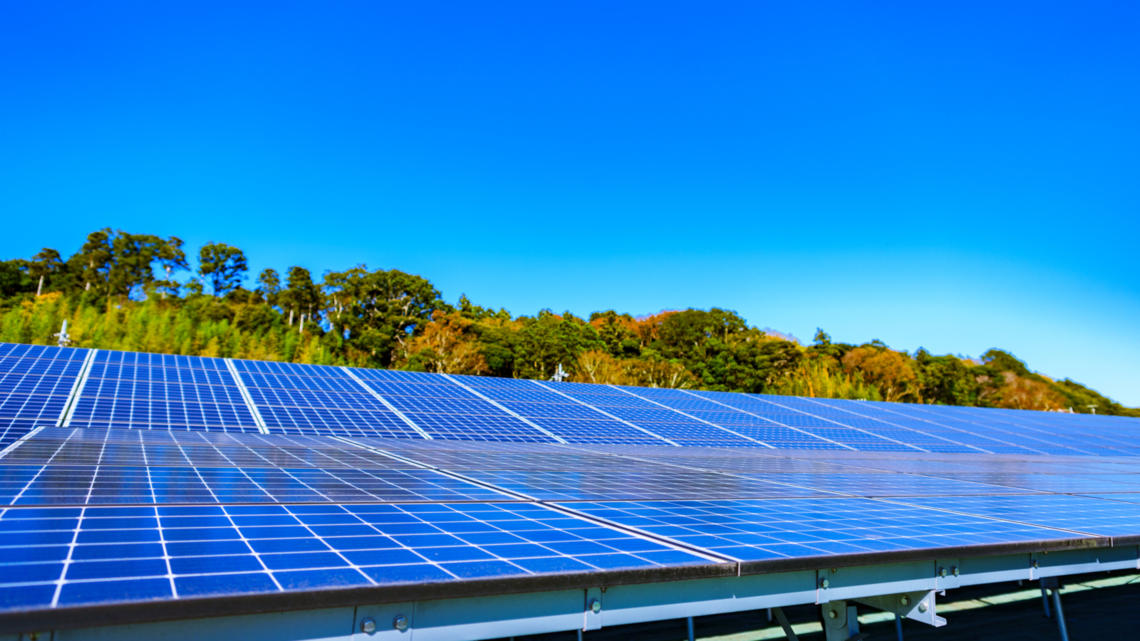There has never been a better time to consider integrating solar power into your home. With the cost of solar panels dropping and the benefits of this renewable energy source becoming increasingly apparent, shifting to solar power has become both an eco-friendly and economically viable decision. In this article, we will explore the advantages of solar energy, discuss different types of solar panels, examine how to assess your homes solar potential, and provide some tips on how to begin your journey toward a cleaner, greener energy source.
The Advantages of Solar Power
Solar power offers numerous benefits for both our wallets and the environment. By harnessing the energy of the sun, you can save on electricity bills, reduce your carbon footprint, and boost your home’s value. Perhaps the most obvious benefit is the potential to save on energy costs: over time, generating your own electricity can lead to savings on utility bills, especially in areas that receive a lot of sunlight. Furthermore, adding solar panels to your home can boost its value since upcoming homebuyers are often willing to pay a premium for homes that produce their own clean energy. Solar power is also environmentally friendly, as it relies on a renewable energy source and reduces the demand for energy produced from fossil fuels, which contribute to pollution and climate change.
Types of Solar Panels
There are three main types of solar panels on the market: monocrystalline, polycrystalline, and thin-film. Monocrystalline panels are the most efficient and expensive option since they use single-crystal silicon cells, but they also generate the most power per square foot. Polycrystalline panels are slightly less efficient, as they are composed of multiple silicon fragments bonded together, but they tend to be more cost-effective. Thin-film panels, while significantly more affordable, have the lowest efficiency of the three main types; they are made of thin layers of semiconductors, and are often used for applications where larger solar arrays are not feasible, such as recreational vehicles or small off-grid systems.
Assessing Your Homes Solar Potential
Before investing in solar panels, it is important to assess your homes potential for solar power generation. Factors to consider include the orientation and tilt of your roof, any existing shading from trees or structures, and your local climate. Optimal solar power generation occurs when panels face south or west and are installed at an angle that is equal to your latitude. In many cases, even if your roof does not have the ideal orientation, you can still benefit from solar power, as modern solar panels are often designed to be effective even in low-light conditions.
Calculating Your Energy Needs
To accurately determine how many solar panels you will need, first calculate your homes average monthly energy usage. This information can typically be found on your electricity bill. Once you have an estimate of your energy requirements, you can use a solar panel calculator to find out how much solar capacity you will need to install to cover your electricity needs. Keep in mind that solar energy production can vary due to factors such as location, weather conditions, and panel efficiency.
Installation and Incentives
Once you have decided to make the switch to solar power, it is important to research local installation companies and incentive programs. Hiring a reputable installation company will ensure your solar panels are properly installed, maximizing their efficiency and lifespan. Additionally, many governments and utility companies offer incentives for homeowners who equip their homes with solar panels, such as tax credits, grants, or rebates. Make sure to research available incentives in your area before beginning the installation process, as they can significantly offset the cost of your solar power investment.
Maintaining Your Solar System
Proper maintenance of your solar panels is essential to ensure they continue to function optimally for years to come. Regular cleaning and periodic inspections can help to prevent potential issues, such as debris buildup or damaged panel components. Some maintenance tasks can be carried out by the homeowner, while others may require the expertise of a professional. However, it is important to remember that modern solar panels are designed to be durable and require minimal upkeep.
Going Off-Grid
If you are considering cutting ties with your utility company and becoming completely reliant on solar energy, it is important to understand the challenges associated with going off-grid. Being off-grid requires producing enough electricity to cover your homes energy needs consistently. This often means investing in a robust battery storage system to store excess energy during periods of abundant sunshine and provide power during periods of low solar production, such as nighttime or cloudy days. While becoming energy independent has its advantages, such as greater self-sufficiency and no reliance on external power sources, it requires careful planning and a substantial investment in both solar panels and battery storage.
Conclusion
Considering the environmental and economic benefits of solar power, now is an ideal time to begin your journey toward clean, renewable energy for your home. By understanding the different types of solar panels, assessing your homes solar potential, and exploring available incentives, you can make an informed decision about the best solar power solution to suit your needs. Going solar not only benefits your wallet and the planet, but it also contributes to a greener and more sustainable future for generations to come.






